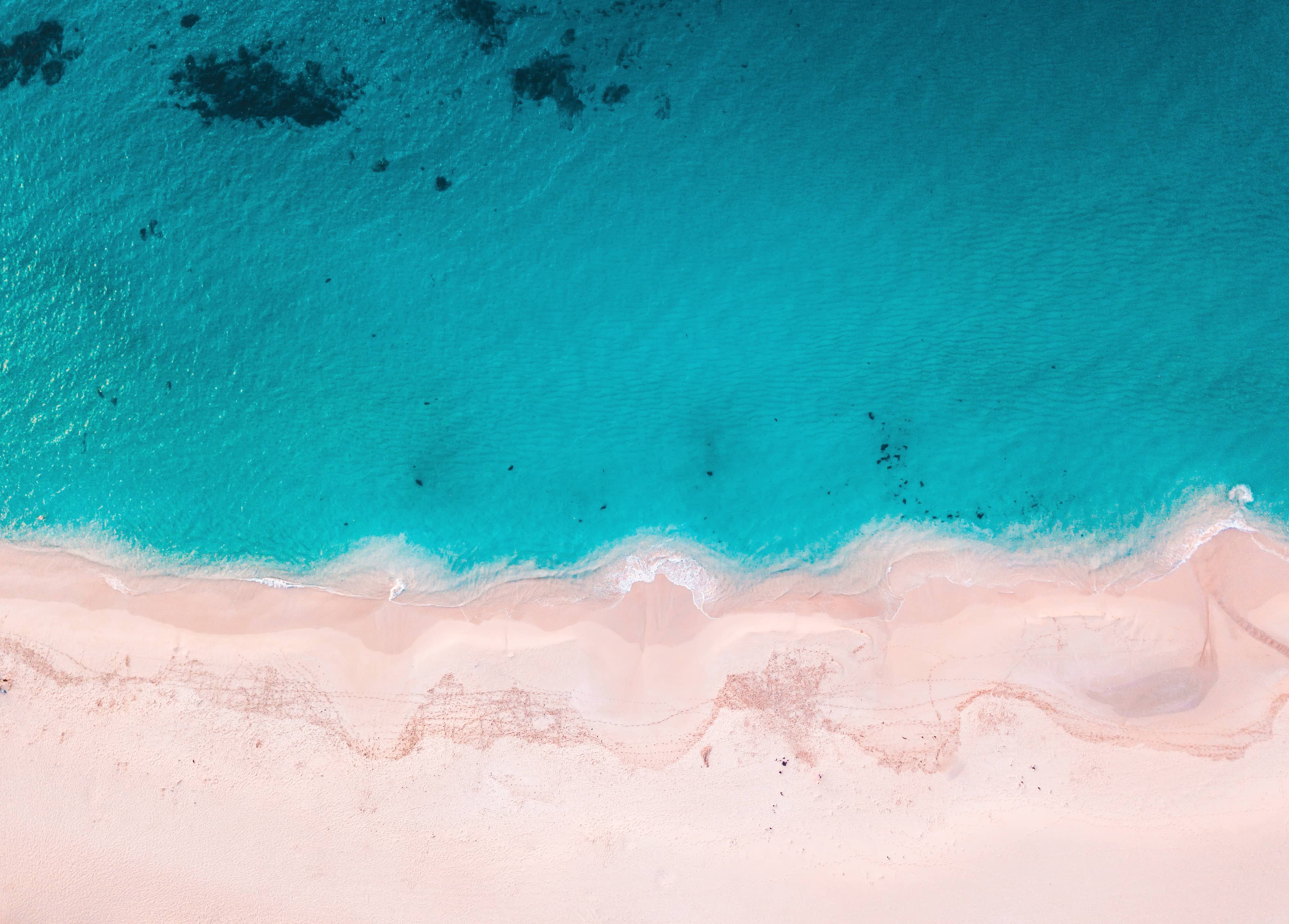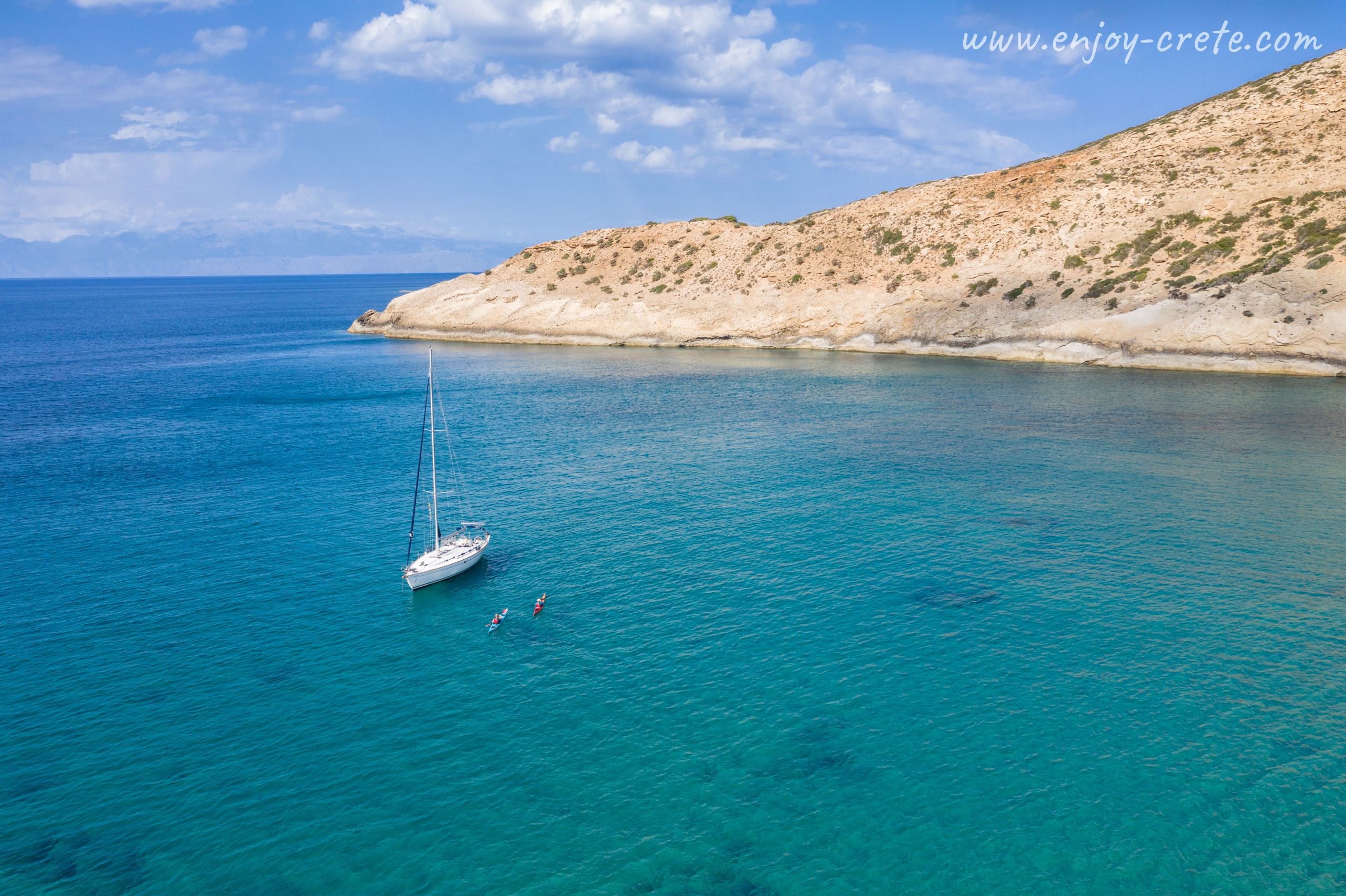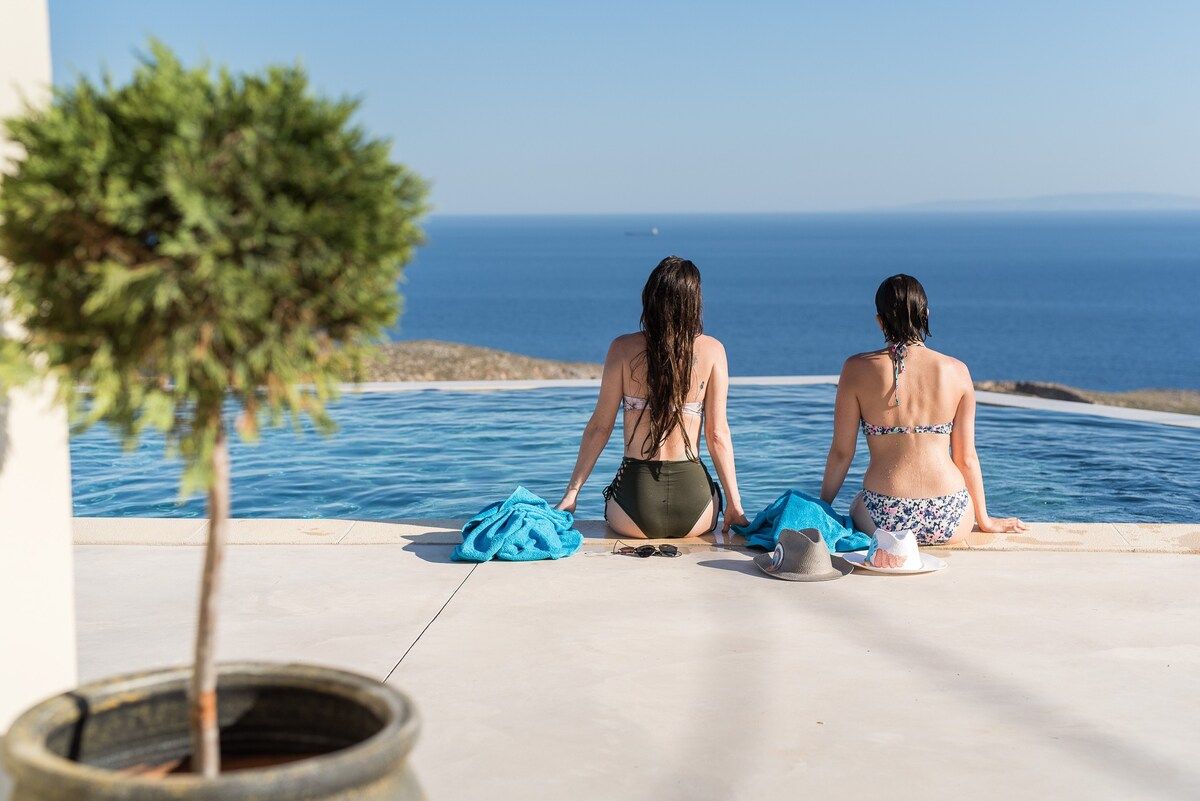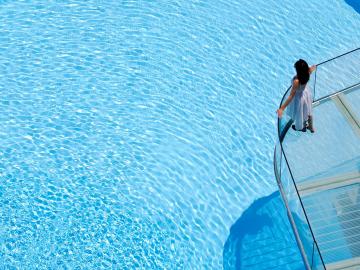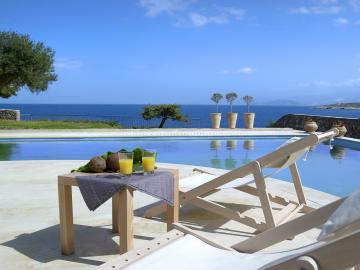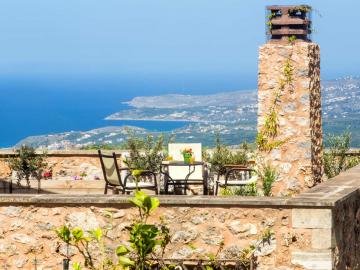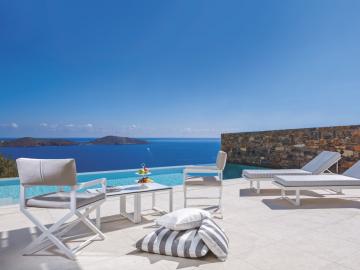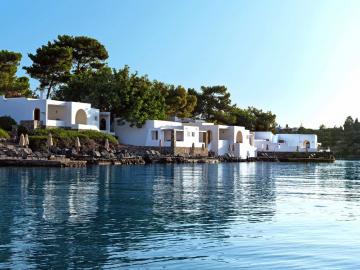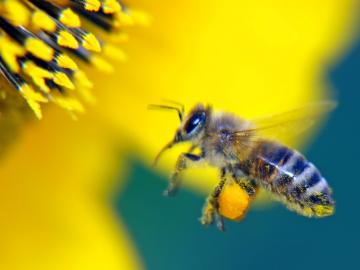
Search
your hotels
Brilliant places to stay
For people who love special
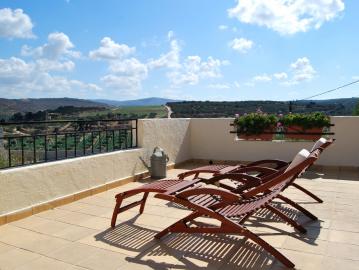
Fabrica Traditional House
If you dreamed of staying a while in a wonderfully restored traditional house in a real Cretan...
Start From € 100
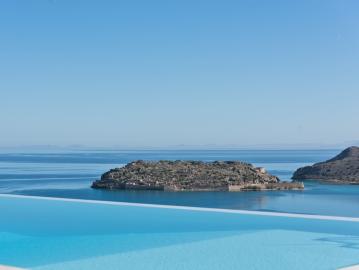
Elounda Luxury Villas
An elegant setting of two stunning villas with unobstructed sea views, modern facilities, and an...
Start From € 400
.jpg)
OFFER
Conte Marino Villas
Conte Marino Villas strategically situated in Kontomari, a quaint and peaceful village in the...
Start From € 240
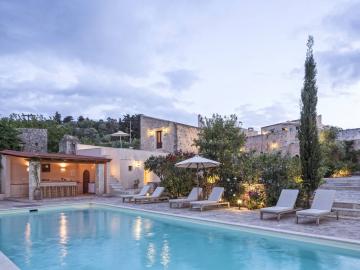
OFFER
Kapsaliana Village Hotel
Kapsaliana Village Hotel, a unique holiday experience in a village which has been fully restored...
Start From € 145
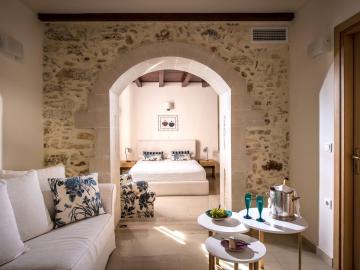
OFFER
Veneto Boutique Hotel & Suites
Veneto Historic Boutique Hotel -Suites is a unique place to stay and a special experience.
Start From € 69
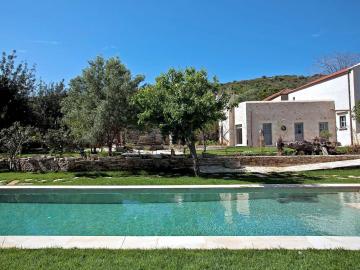
OFFER
Villa Athermigo
It is an ancient monument, a remarkable example of local, traditional architecture.
If...
Start From € 99
Our Most Popular Activities
For the most memorable experiences

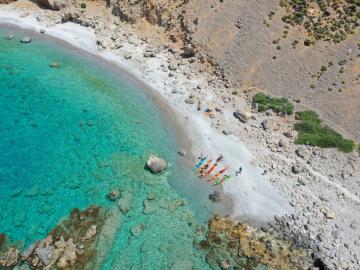
7 Days Sea Kayak Trip Western Crete
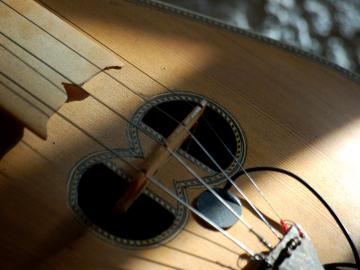
Stagakis Cretan Lyra Workshop at Rethymno
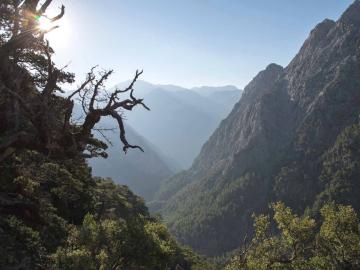
Semi-Private Tour to the White Mountains & Samaria Gorge from Above
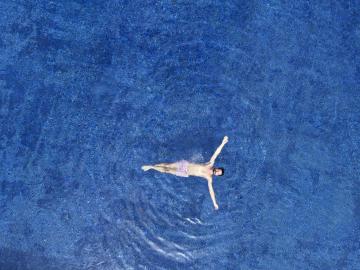
Luxury Tour Crete
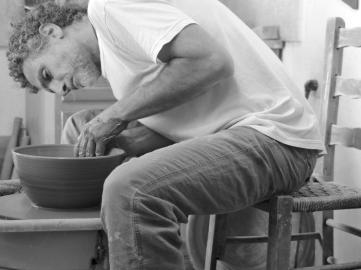
Ceramic Workshops In Pottery Village Margarites - Rethimno - Crete
Offers to not miss
Discover our most tempting deals & offers

